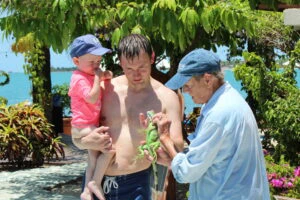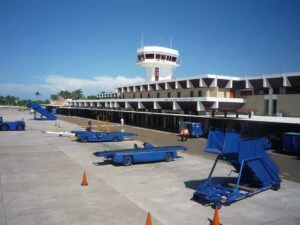The mangrove-lined coasts of Belize and the magnificent coral reefs offshore are one of the country’s greatest assets. The waters are home to majestic sea turtles, hundreds of species of fish, and several species of living coral while the roots of the salt-resistant mangrove trees are an important nursery for juvenile animals. The health of this ecosystem is essential both for income from sustainable tourism as well as to protect the wildlife that call it home.
Unfortunately, many areas of the Belize Barrier Reef System have become endangered due to construction on the coast. Proposals for offshore oil drilling pose another threat. The World Wildlife Fund (WWF) is greatly concerned that these activities could have a significant negative impact on Belize’s environment and the more than 1,400 species that call the area home, which would have a knock-on effect on the country’s economy.
“Coral reefs are the foundation for some of the healthiest and most vibrant biosphere in the ocean, and are a huge net asset for people as well,” said Brad Ack, WWF’s Senior Vice President for Oceans. “Protecting the reefs is good for the future of the economy as well as the rich abundance of flora and fauna that require them to thrive.”
UNESCO added Belize’s coral reef biosphere on the List of World Heritage sites in Danger in 2009. Currently, 114 different World Heritage sites out of 229 in Belize are under threat from industrial activities like oil and gas drilling or mining concessions.
“Protecting the environment is simultaneously good for the economy,” said Roberto Troya, WWF’s Director for Latin America and the Caribbean. “Conserving the environment can include sustainable construction. When diverse and vibrant World Heritage sites in Belize are at risk, this just emphasizes how important it is that we be stay united in order to safeguard these critically important ecosystems.”
It is estimated that two-thirds of the population of Belize are dependent, either directly or indirectly, on the reef for their livelihood. Environmental economists have calculated that the coral reef protects the country from $350 million USD worth of damage from storms and adverse weather events every year.
Chabil Mar heartily supports this initiative and endorses the World Wildlife Fund’s efforts in this matter.












